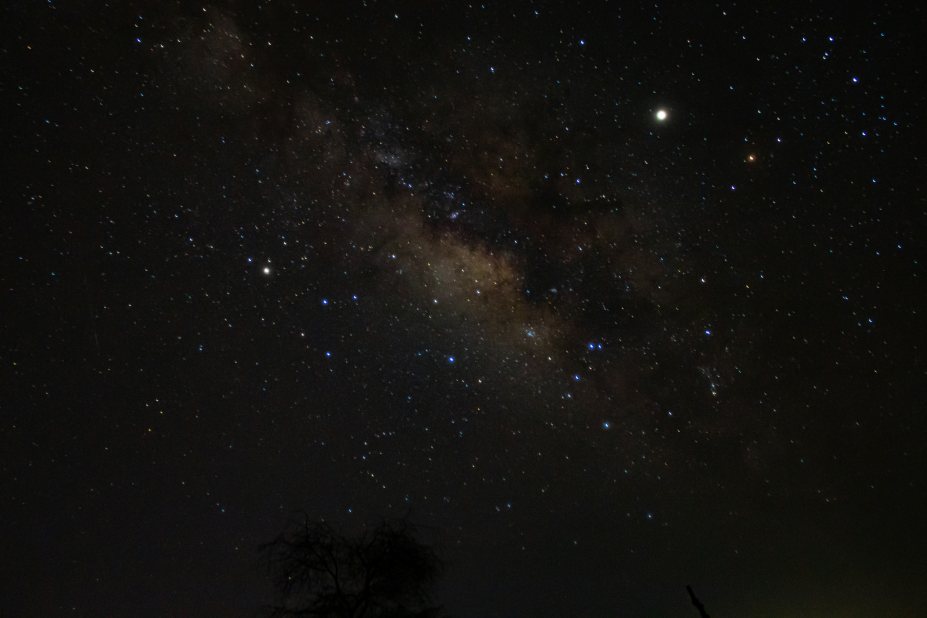In 2025, both Jupiter and Saturn will reach favorable positions in the night sky, making it an ideal time for amateur astronomers and curious stargazers to catch a breathtaking glimpse of these gas giants. Whether you're a beginner or a seasoned hobbyist, owning a quality telescope for Jupiter and Saturn can unlock a new level of cosmic appreciation.
Why 2025 is the Perfect Year to Observe Jupiter and Saturn

With Saturn's iconic rings and Jupiter’s swirling cloud bands and Galilean moons, a good telescope doesn’t just magnify — it immerses you into the wonders of our solar system. This guide will walk you through the best telescopes to view Jupiter and Saturn in 2025, their strengths, and how to choose one that fits your goals and budget.
Top Telescopes to See Jupiter and Saturn in 2025
🔭 1. Celestron AstroMaster 102AZ – Best for Beginners
The Celestron AstroMaster 102AZ is one of the most affordable telescopes for planetary viewing, ideal for newcomers. Its refractor design offers crisp images without the need for frequent maintenance. Key Features:- 102mm aperture
- Manual alt-azimuth mount
- Coated glass optics for enhanced contrast
- Lightweight and easy to assemble
🔭 2. Sky-Watcher Skymax 127 – Compact but Powerful
If portability and power are both priorities, the Skymax 127 Maksutov-Cassegrain is a fantastic pick. Its long focal length is especially effective for planetary details like Saturn’s rings and Jupiter’s Great Red Spot. Key Features:- 127mm aperture with 1500mm focal length
- Comes with a sturdy AZ-GTi mount
- Excellent contrast for bright objects
- Compact, travel-friendly design
🔭 3. Celestron NexStar 6SE – Best Computerized Telescope
For those who want high-tech assistance, the NexStar 6SE offers GoTo tracking, making it effortless to locate and follow Jupiter and Saturn across the sky. Key Features:- 150mm aperture
- Fully automated GoTo mount
- Planetary alignment assistant
- Can be upgraded with astrophotography gear
🔭 4. Orion SkyQuest XT8 – Best Value Dobsonian
This Dobsonian-style reflector telescope provides large-aperture performance at a reasonable price, perfect for backyard observations. Key Features:- 203mm aperture
- Dobsonian base for smooth manual tracking
- Excellent brightness and clarity
- Stable and user-friendly design
5. Unistellar eVscope 2 – Best Smart Telescope
If you're into smart tech and astrophotography, the eVscope 2 takes observing to another level by digitally enhancing planetary views.Key Features:
- Smart image stacking for better clarity
- App-controlled via smartphone
- Real-time community observation
- Also great for deep-sky objects
✨ James Webb Nebula Gallery
Buying Guide: How to Choose a Telescope for Jupiter and Saturn
When shopping for a telescope to observe Jupiter and Saturn in 2025, it’s important to consider several key factors that affect clarity, usability, and budget.
Aperture Size Matters
First and foremost, aperture size plays a crucial role. A telescope with an aperture over 100mm allows more light to enter the optical tube, which translates to brighter, sharper images. This is especially important when trying to resolve Saturn’s iconic rings or Jupiter’s cloud bands and moons.Understanding Optical Types
The optical design of a telescope influences both image quality and maintenance needs.- Refractors provide crisp, high-contrast views with minimal upkeep, making them great for beginners.
- Reflectors, on the other hand, offer excellent value by delivering larger apertures at a lower cost — perfect for users who want more light-gathering power without breaking the bank.
- Maksutov-Cassegrain and other compound designs combine the best of both worlds: compact size with powerful magnification, ideal for planetary viewing.
Budget Considerations
Your budget will largely determine your telescope's features and performance level.If you’re just starting out, entry-level telescopes under $300 like the Celestron AstroMaster 102AZ offer decent quality for casual observing. For a balance between portability and power, mid-range models between $400 and $700, such as the Skymax 127, are a solid choice. Meanwhile, those who want advanced features or dabble in astrophotography may look at premium options above $800, including the NexStar 6SE or Unistellar eVscope.
Mounts and Tracking
Finally, don’t overlook the mount type. A simple manual alt-azimuth mount is user-friendly and great for learning the basics of stargazing. However, if you plan to track planets across the sky over longer sessions or want automatic object-finding features, a GoTo computerized or equatorial mount will offer significant convenience.
Ready to Watch the Sky Come Alive?
